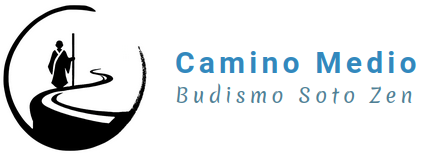Hishiryo (non-thinking) It is a central concept in Zen Buddhism, especially in tradition Soto Zen, which describes a state of consciousness beyond discursive thought. Literally, “hi” (No) means “no” o “beyond”, y “silence” (consider) translates as “thought” o “mental process”. Therefore, hishiryo can be understood as “no-thought” o “beyond thinking and not thinking”.
The term appears in the master's writings Dogen Zenji, founder of the Soto Zen school in Japan, and refers to the experience during the practice of zazen (sitting meditation). During zazen, the practitioner enters a state where he does not follow habitual thoughts (silence) nor does he try to stop them (fushiryo). Instead, a pure and open consciousness is cultivated that allows one to observe thoughts without attachment or rejection.
Dogen explained that hishiryo is the mental state of the buddha himself, a way to exist fully in the present, without getting caught up in judgments or narratives. It is a state of deep clarity and pure attention where thought flows without becoming a distraction.
Hishiryo does not imply mental emptiness or total absence of thoughts., but a different relationship with them. Thoughts may arise, but they dissolve without a trace, like clouds in the sky. This practice reveals the transitory nature of the mind and helps the practitioner to experience reality directly, without ego distortions or overanalysis.
The practice of hishiryo is a door to experience of nonduality, where the separation between the observer and the observed disappears, allowing a deeper understanding of the true self.
